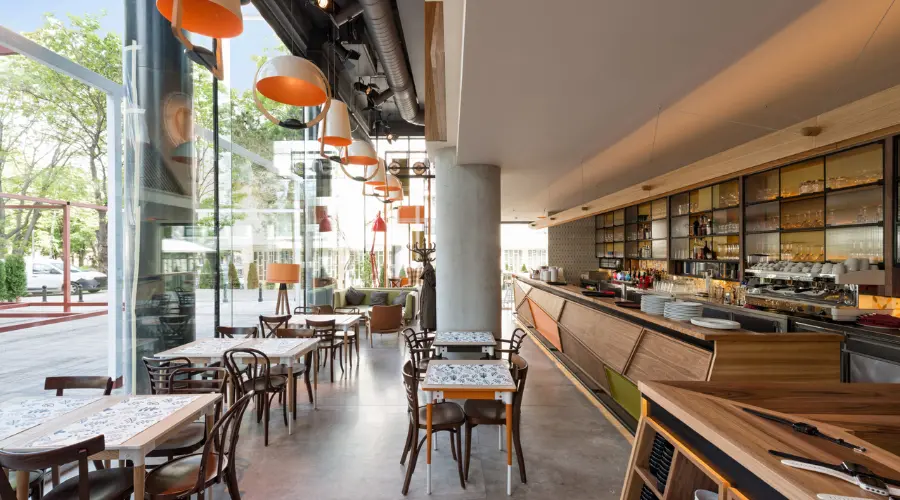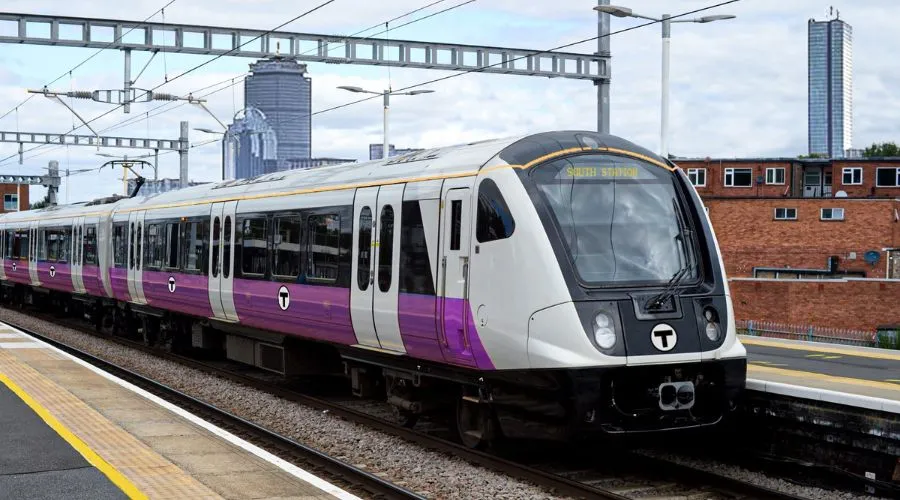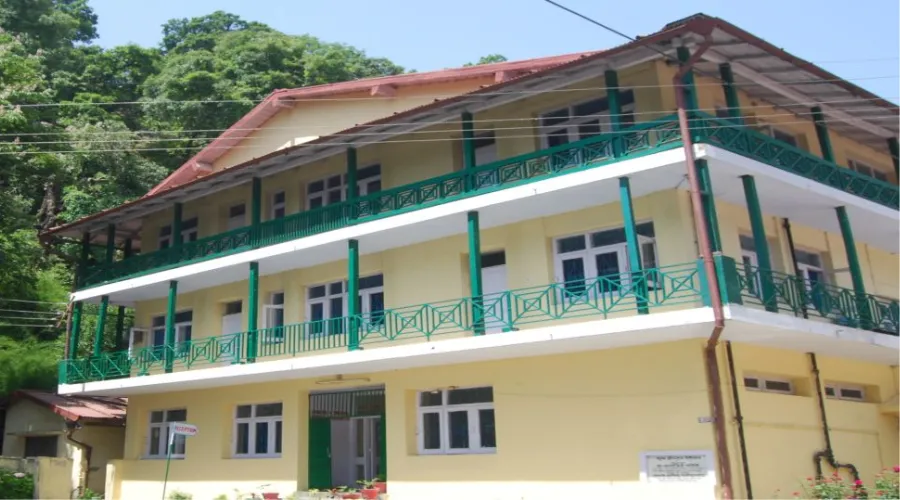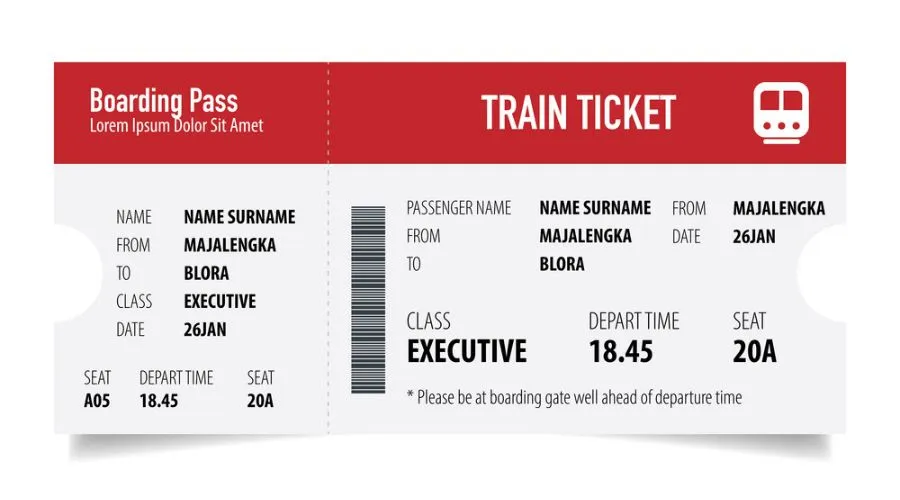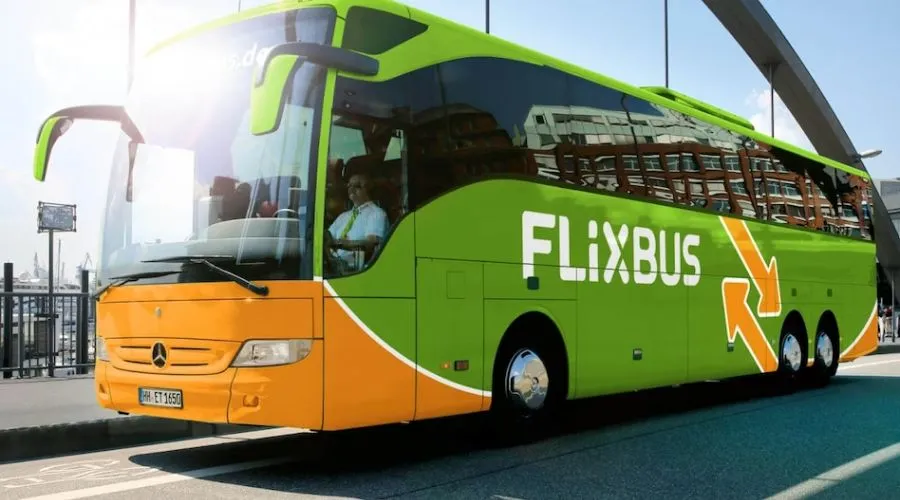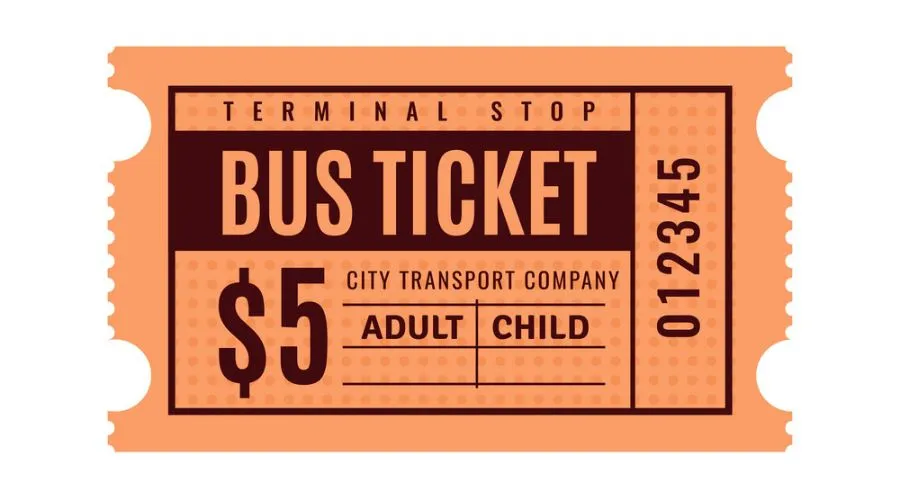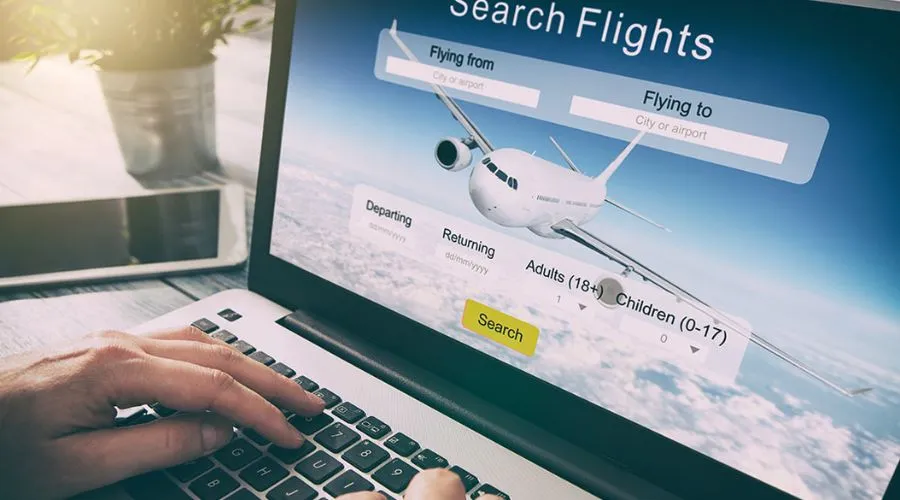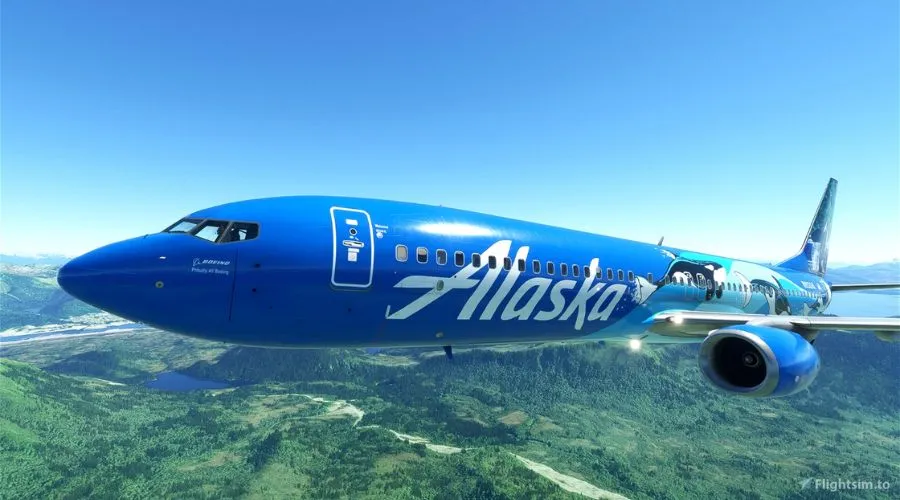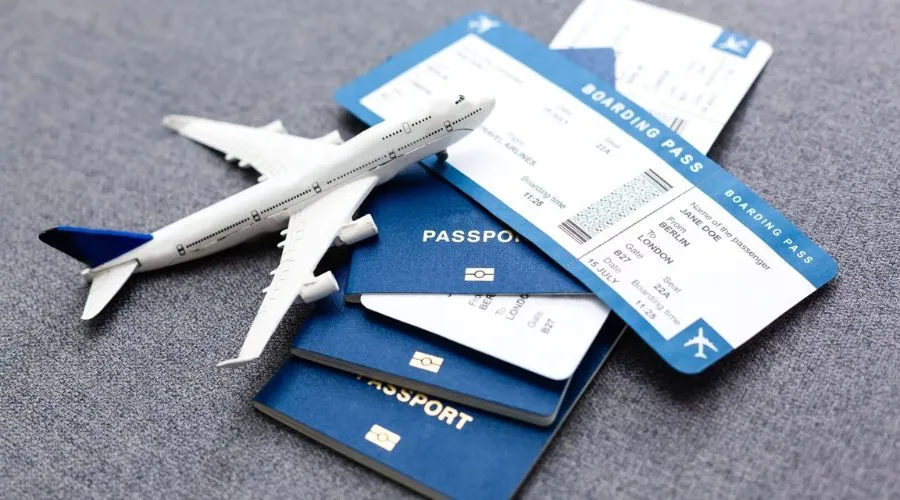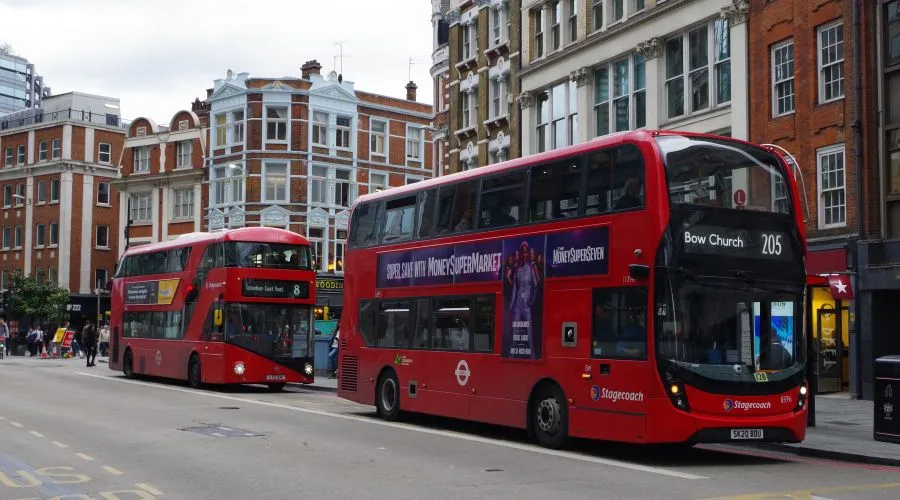
Introduction
In the bustling tapestry of urban life, bus routes weave a crucial thread, connecting people from various corners of the city. Whether you are a daily commuter or a visitor exploring a new city, understanding the intricacies of bus routes can be a game-changer. This blog aims to shed light on the significance of bus routes, their impact on urban mobility, and how they contribute to the efficiency of public transportation systems.
The Backbone of Urban Mobility
A Complex Network
At the heart of any city’s public transportation system lies a web of bus routes, intricately designed to cater to the diverse needs of its residents. These routes, often resembling a complex neural network, connect residential areas, commercial hubs, educational institutions, and recreational spots. The meticulous planning involved in creating these routes ensures that they serve as the backbone of urban mobility.
Navigating through the urban maze, bus routes are meticulously charted to optimize coverage and minimize travel times. The interconnectivity of these routes forms a dynamic network that adapts to the ever-changing demands of a growing city. Whether you’re traveling from the suburbs to the city center or hopping between neighborhoods, bus routes offer a versatile solution for diverse commuting needs.
Impact on Accessibility
The accessibility of a city is directly influenced by the efficiency of its bus routes. Well-planned routes ensure that even remote areas are connected, providing residents with access to education, employment, and essential services. This not only fosters inclusivity but also plays a crucial role in reducing socio-economic disparities.
Bus routes act as lifelines for individuals who may not have access to private transportation. They democratize mobility, allowing people from all walks of life to traverse the city affordably. For many, the bus is not just a mode of transportation; it’s a gateway to opportunities that would otherwise be out of reach.
The Dynamics of Bus Routes
Optimization and Adaptability
The design and optimization of bus routes involve a delicate balance between maximizing coverage and minimizing travel time. Planners must consider factors such as population density, traffic patterns, and the location of key destinations. The introduction of technologies like GPS and real-time tracking has revolutionized route planning, allowing for dynamic adjustments based on real-world conditions.
Adaptability is a key feature of successful bus route systems. Cities evolve, and so do the demands of their residents. Bus routes must be flexible enough to accommodate changes in population distribution, shifts in economic activity, and the emergence of new urban centers. A system that can adapt to these changes ensures that it remains relevant and effective in the long run.
Integration with Other Modes of Transportation
A well-functioning transportation ecosystem relies on seamless integration between different modes of transit. Bus routes play a pivotal role in this integration, acting as feeder services to larger transportation hubs such as train stations or airports. Efficient interchange points facilitate smooth transitions between buses, trains, and other modes of transportation, creating a cohesive and interconnected network.
Challenges and Innovations
Traffic Congestion and Time Efficiency
One of the perennial challenges faced by bus routes is navigating through traffic congestion. As cities grow, so does the volume of vehicles on the road, leading to delays and increased travel times. Innovative solutions, such as dedicated bus lanes and intelligent traffic management systems, are being implemented to address this issue.
Real-time data analytics also contribute to improving time efficiency. By analyzing traffic patterns and passenger demand, transportation authorities can optimize bus schedules and routes dynamically. This not only reduces waiting times for passengers but also enhances the overall reliability of the bus system.
Environmental Sustainability
In an era where environmental sustainability is a global priority, bus routes are under scrutiny to reduce their carbon footprint. Many cities are transitioning to electric or hybrid buses, embracing eco-friendly technologies to mitigate the environmental impact of public transportation. Additionally, the optimization of routes to reduce unnecessary detours and idle times contributes to a more fuel-efficient and environmentally conscious system.
Future Trends and Innovations
Smart Technologies
The future of bus routes is undeniably intertwined with smart technologies. The integration of artificial intelligence, IoT (Internet of Things), and advanced data analytics holds the potential to revolutionize the way we perceive and utilize public transportation. Smart bus stops with real-time information, predictive analytics for route planning, and autonomous buses are just a glimpse of the innovations that lie ahead.
User-Centric Design
As cities strive to create more livable environments, the focus on user-centric design becomes paramount. Bus routes of the future will be designed with the passenger experience in mind, incorporating features such as enhanced accessibility, comfort, and digital interfaces for seamless ticketing and information access.
Conclusion
In the intricate tapestry of urban life, bus routes stand out as the veins and arteries that keep the city alive and thriving. Beyond being mere conduits for transportation, they are catalysts for social and economic development, ensuring that no corner of the city is left untouched. As we navigate the complexities of modern urban living, understanding and appreciating the dynamics of bus routes is not just a matter of convenience but a step towards creating more sustainable, accessible, and interconnected cities.



